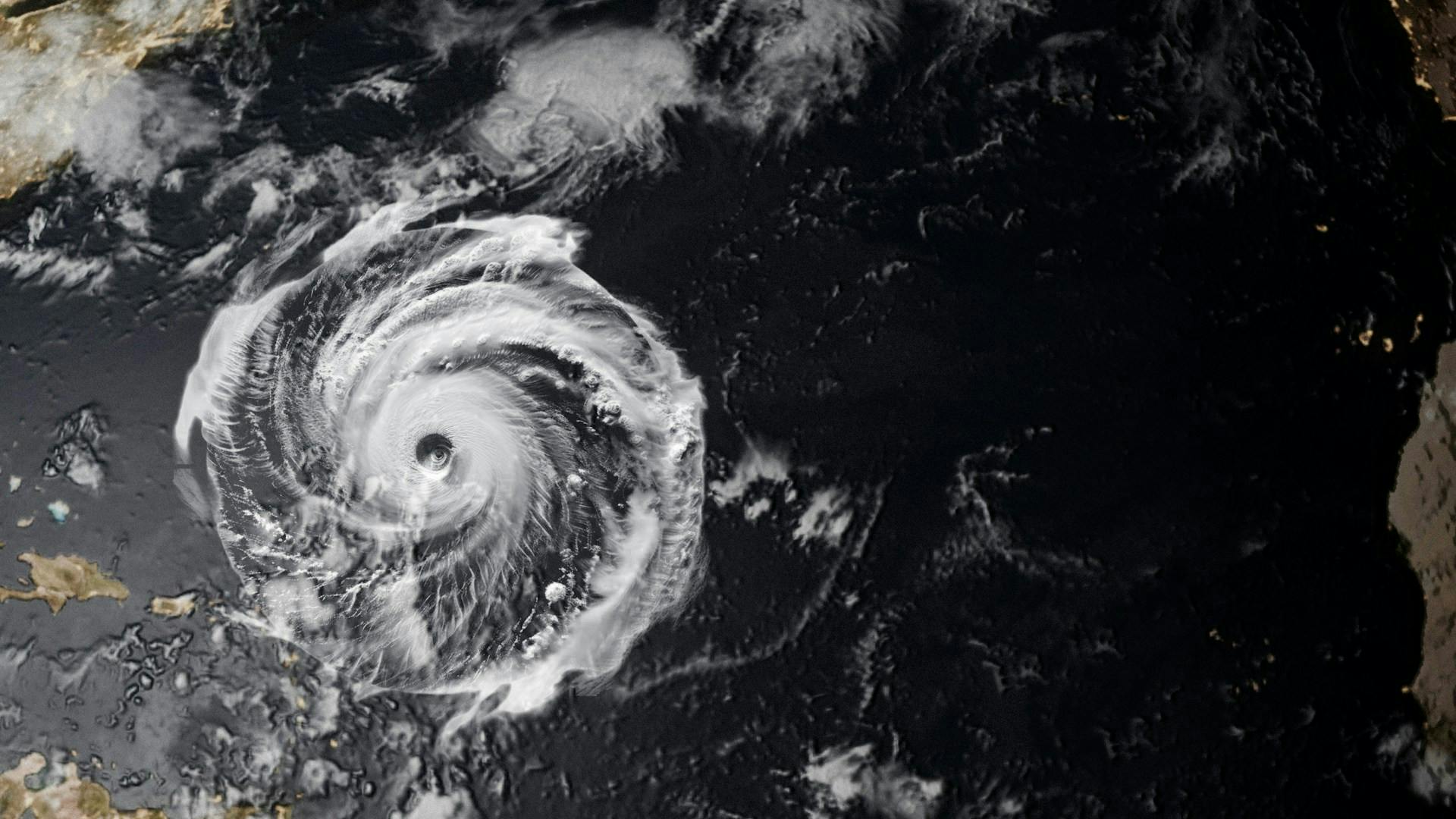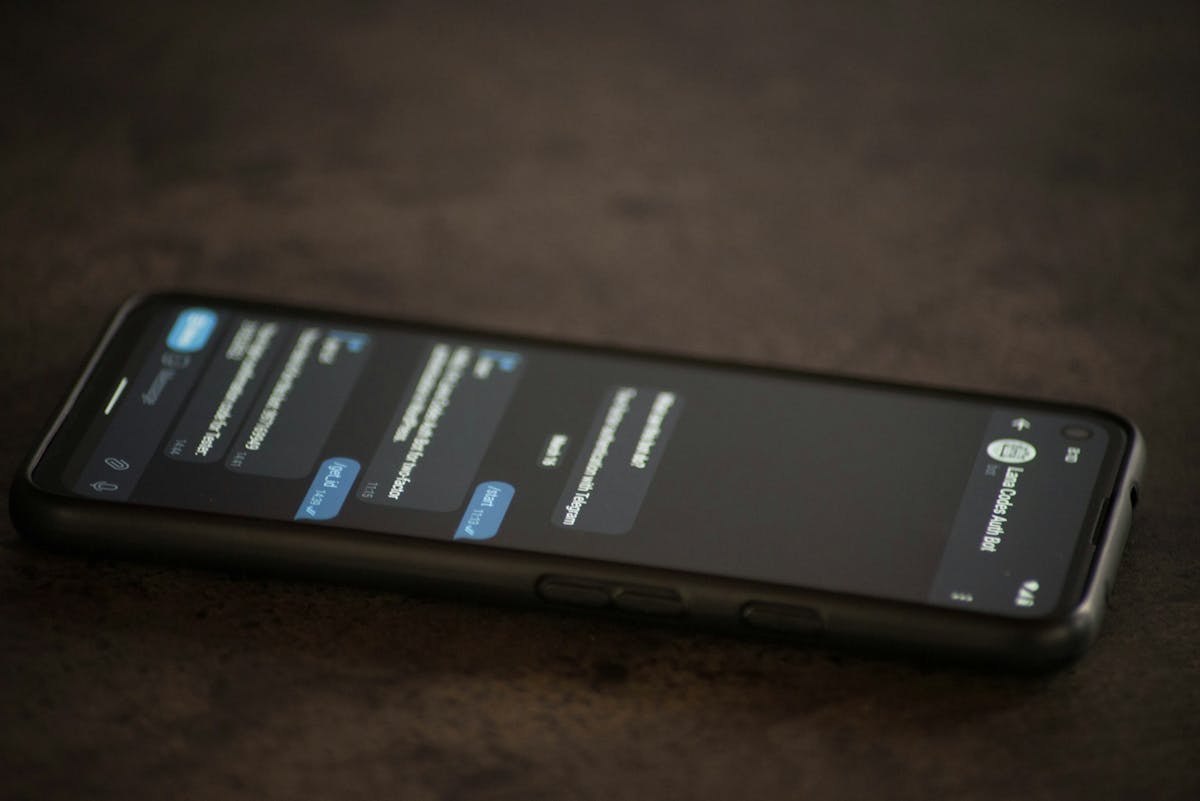Ultimate Tips for Safe Hurricane Evacuation: Protecting Your Non-Desk Workforce


The sky darkens. Weather alerts blare. How do you evacuate a hurricane effectively? Having a solid evacuation plan isn't just good practice—it's survival. For those managing teams where workers can't simply "log in from home," the responsibility weighs even heavier.
When dangerous storms approach, every minute matters for non-desk workers who need clear instructions and support to reach safety. Let's focus on what matters: getting your people to safety when a hurricane threatens. Not someday, but right when it counts.
Hurricane Risks: What You Need to Know
Hurricanes don't just devastate coastal communities—they reach far inland with flooding, tornadoes, and infrastructure collapse. According to the National Hurricane Center, hurricane-force winds can extend up to 100 miles from the storm's center, while tropical-storm-force winds can reach 300 miles outward.
The danger goes beyond wind damage. It has been reported that approximately 57% of direct deaths from tropical cyclones over the past decade were attributed to freshwater (rainfall) flooding, while storm surge accounted for about 11% of such fatalities.
For non-desk workforces, these risks multiply. Construction sites become missile zones of loose materials. Manufacturing facilities face power outages that disable safety systems. Transportation networks your employees rely on can collapse within hours.
Organizations must recognize these specific threats to industrial settings, where evacuation becomes more complex than office environments. Workers at manufacturing plants, construction sites, and distribution centers often need specialized evacuation procedures that account for equipment shutdown, securing hazardous materials, and coordinating large groups across sprawling facilities.
Learning from Disaster: Katrina's Wake-Up Call
Hurricane Katrina taught us brutal lessons. The official death toll reached 1,833, with economic damages exceeding $190 billion in today's dollars. What's often overlooked is how many casualties resulted from delayed evacuation decisions.
Businesses without clear evacuation protocols left employees in dangerous uncertainty, forcing last-minute decisions when roads were already jammed and resources stretched thin. Many essential workers, including those in healthcare, manufacturing, and retail, were left scrambling to secure their families while also navigating employer expectations.
The disaster underscored the importance of pre-planned evacuation strategies, timely communication, and employer responsibility. Companies that had structured emergency plans saw significantly better outcomes, highlighting the role of proactive disaster preparedness in reducing human and financial losses.
Pre-Evacuation Preparation
The time to prepare isn't when the hurricane forms—it's now, while skies are clear and minds unclouded by stress. Establishing clear emergency procedures ensures everyone knows what to do when time is critical.
Step-by-Step Checklist
Start by mapping which facilities and employee homes fall within evacuation zones. FEMA's evacuation zone maps are updated regularly and should be part of your planning. Knowing who is most at risk allows for better coordination and timely decision-making when evacuation orders are issued.
Your emergency kit should include:
- 72 hours of drinking water per person
- Non-perishable food
- Medications and first aid supplies
- Battery-powered or hand-crank radio
- Flashlights and batteries
- Important documents in waterproof containers
The American Red Cross recommends arranging these supplies in grab-and-go containers for quick access. Additionally, businesses should establish a centralized emergency supply storage for employees who may be unable to retrieve personal kits in time.
Create digital and physical copies of:
- Insurance policies
- Identification
- Medical information
- Contact lists
- Property inventories with photos
Emergency Alert Systems
Don't rely on a single alert system. Countries with robust multi-hazard early warning coverage experience almost five times fewer people affected by disasters compared to those without such systems.
Implement a comprehensive emergency notification system with backup methods including:
- SMS text alerts
- Phone trees
- Weather radio broadcasts
- Mobile apps like FEMA's official app
Large industrial companies should install weather alert systems across facility grounds, ensuring workers in noisy environments receive warnings. Plant managers must establish reliable communication channels that function despite power outages.
Many manufacturing facilities now use “redundant” alert systems—sirens, text messages, and radio announcements—to ensure all workers receive timely evacuation information regardless of their location within a facility.
Communication Strategies
Your communication plan should account for power outages and network congestion. To do this, create clear communication templates for various scenarios, follow industry best practices, and test them regularly.
Pre-designate team leads who will serve as information hubs for their units. Industrial workplaces should establish communication procedures that account for shift schedules, multilingual communication, and areas with limited connectivity.
Factory supervisors need internal communications tools that work across large, noisy production spaces where traditional methods might fail. Companies should implement simple, straightforward messaging and utilize effective communication tools that avoid confusion during high-stress situations.
Execution of Evacuation
When evacuation becomes necessary, clarity saves lives.
Evacuating a Hurricane: Routes and Transportation
How do you evacuate a hurricane when time is running out? Map multiple evacuation routes from each facility. Identify at least three alternate routes, accounting for potential flooding and traffic congestion.
For employees without personal transportation:
- Establish carpooling arrangements before hurricane season
- Create transportation partnerships with local services
- Consider company vehicles as emergency transport
Manufacturing and logistics companies must develop evacuation plans that account for hundreds of workers potentially leaving simultaneously. Transportation considerations become especially important for industrial facilities located in remote areas where public transportation might be limited.
Companies should maintain emergency vehicle fleets and identify employees willing to assist coworkers without transportation.
Psychological Preparation and Stress Management
The emotional toll of evacuation often gets overlooked in planning.
Employee Support
Pre-disaster mental preparation significantly reduces post-traumatic stress symptoms. Provide resources for managing evacuation anxiety, such as:
- Pre-season stress management training
- Clear decision-making frameworks to reduce uncertainty
- Access to counseling services before and after events
Consider a buddy system where employees check on each other during evacuations. Industrial workplaces should acknowledge the unique stress factors affecting frontline workers during evacuations. Plant workers often worry about losing wages during facility closures in addition to concerns about personal safety.
Companies should develop transparent policies about evacuation pay, time off, and return-to-work expectations. Providing clear information reduces anxiety and improves compliance with evacuation orders. Management should emphasize that employee safety takes priority over production schedules or equipment.
Work-Life Balance
Recognize that employees face competing priorities during evacuations, including family responsibilities and transportation challenges. Providing clear communication, flexible timelines, and support resources can help ease their concerns and improve safety.
Create policies that:
- Allow family members to evacuate together
- Provide additional time for employees with dependents
- Acknowledge that personal safety takes precedence over property protection
Manufacturing and industrial companies must understand that workforce evacuation plans intersect with family considerations. Shift workers with families need adequate notice to arrange childcare or family evacuation.
Companies should consider providing resources for employees to develop family emergency plans aligned with workplace evacuation schedules. Operations managers should build flexibility into evacuation timing to accommodate workers who must secure their homes or help vulnerable family members before departing.
Post-Evacuation Considerations
The end of a storm isn't the end of your responsibility.
Returning Protocols
Establish clear "all-clear" protocols. The Centers for Disease Control warns that premature returns can expose people to contaminated water, unstable structures, and downed power lines.
Create a tiered return system:
- Assessment teams first evaluate conditions
- Essential personnel return to restore basic operations
- General workforce returns when safety is confirmed
Document your findings at each stage to improve future planning. Industrial facilities face additional return challenges related to equipment damage, chemical containment, and structural integrity. Specialized assessment teams must inspect production lines, heavy machinery, and hazardous material storage before workers return.
Companies should develop facility-specific checklists for post-hurricane inspection that address industry-specific safety concerns. Management must communicate clear expectations about when different departments can safely resume operations, utilizing effective communication examples to ensure clarity.
Long-Term Planning
Use each evacuation as a learning opportunity. Conducting formal after-action reviews allows organizations to assess what worked, identify areas for improvement, and refine emergency plans for future incidents.
Documenting challenges and successes helps strengthen response strategies, ensuring teams are better prepared for the next emergency.
Establish a regular cycle of:
- Plan review and updates
- Employee training and drills
- Communication system testing
- Resource inventory checks
Manufacturing and industrial businesses should integrate hurricane preparedness into standard safety protocols. Companies operating multiple facilities should share best practices across locations, creating consistent evacuation standards companywide.
Large industrial operations benefit from appointing dedicated emergency management personnel who maintain evacuation plans year-round. These specialists should regularly update plans based on infrastructure changes, workforce composition, and lessons from each hurricane season.
Competitive Advantage Opportunities
Smart evacuation planning does more than protect lives—it creates resilience that gives your organization an edge.
Leveraging Digital Tools
Technology can dramatically improve evacuation coordination. Digital tools help organizations send real-time updates, keep teams connected, and respond faster when every second counts.
Consider implementing:
- GPS-enabled evacuation tracking
- Digital check-in systems for employee safety
- Automated alert platforms that escalate across communication channels
- Cloud-based document access for important information
Industrial operations with distributed workforces particularly benefit from mobile communication systems that function during emergencies. Manufacturing facilities should implement digital tools that account for their unique environment.
This includes wearable alert devices for high-noise areas, multilingual messaging systems for diverse workforces, and simplified interfaces for workers who may not use computers regularly. These systems should transmit evacuation instructions clearly without requiring technical expertise from users.
Yourco is a specialized SMS-based communication platform that ensures reliable communication with non-desk, blue-collar workers without the need for internet or app downloads. Yourco provides multilingual two-way messaging and AI-powered translations, helping organizations quickly gauge employee safety during evacuations by leveraging the power of text.
Where most apps would need a stable internet connection and have complicated interfaces, Yourco makes it easy and simple for non-desk workers to receive instant alerts. It also seamlessly integrates with existing HRIS and payroll systems, offering flexible access controls and robust security measures tailored for industrial environments.
Specialized Guides for Hurricane Evacuation
Create scenario-specific plans for different hurricane categories. NOAA data shows that response needs differ dramatically between Category 1 and Category 5 storms.
Develop targeted guidance for:
- Short-notice evacuations (under 24 hours)
- Partial facility evacuations
- Night and weekend scenarios
- Multi-site coordination
Industrial facilities must develop hurricane response plans that account for operational realities—24/7 production schedules, hazardous materials that require special shutdown procedures, and heavy equipment that needs securing.
Plant managers should create visual evacuation guides using facility maps and simple instructions that can be understood quickly during emergencies. Operations teams should develop shutdown protocols that balance speed with safety, allowing workers to secure dangerous areas without unnecessary delay.
User Considerations
Your evacuation plan must work for everyone, not just those with the best resources.
Accessibility and Mobility
Evacuation plans often fail those with mobility challenges. Evacuation plans must account for employees with mobility challenges, ensuring accessible transportation options and clear assistance protocols are in place. Without these considerations, those with physical disabilities may face significant barriers to reaching safety.
Your plan should account for:
- Employees with mobility limitations
- Visual or hearing impairments
- Those without personal vehicles
- Workers with limited English proficiency, so strategies for overcoming communication challenges are important
Industrial facilities must address accessibility across sprawling production environments. Manufacturing plants should designate evacuation assistants for workers with disabilities and ensure evacuation routes accommodate mobility devices.
Large companies with diverse workforces should create evacuation instructions in multiple languages and use universal symbols on evacuation maps. Facilities with multiple buildings should clearly mark accessible evacuation routes and ensure emergency transportation can accommodate all workers regardless of mobility limitations.
Companies should train production supervisors to conduct quick headcounts during evacuations to ensure no workers remain in dangerous areas. Field crews should have dedicated emergency communication devices and clear instructions about when to abandon job sites during approaching storms.
Weather the Storm with Confidence
Hurricane evacuation success depends on preparation, communication, and execution. Remember these essentials: map evacuation zones now, stock emergency supplies, establish multi-channel alerts, designate team leads, and practice regularly.
Effective evacuation plans respect industrial realities—equipment shutdown procedures, transportation for shift workers, and communication across noisy environments.
Yourco helps manufacturing, construction, and logistics companies reach every worker during evacuations. As the #1 SMS-based employee app for the non-desk workforce, Yourco delivers critical alerts instantly without requiring downloads or passwords.
Try Yourco for free today or schedule a demo and see the difference the right workplace communication solution can make in your company.


